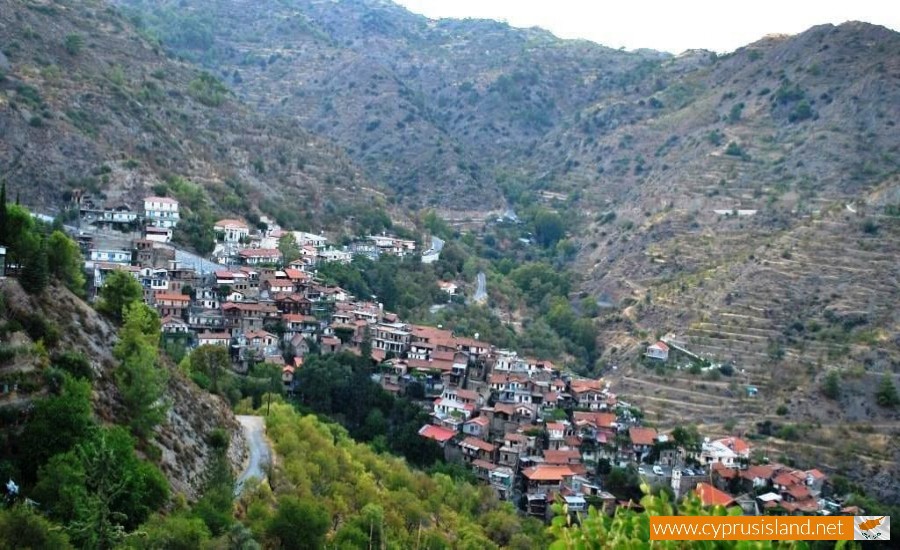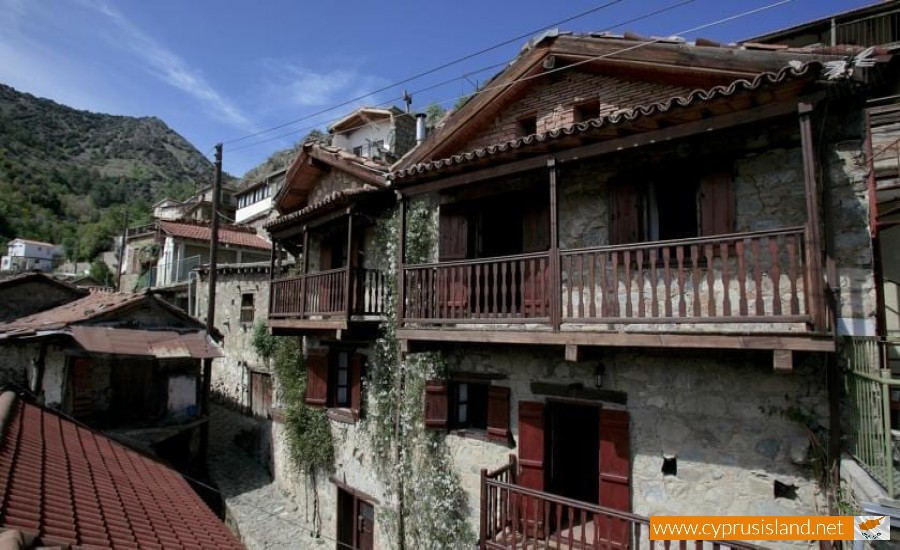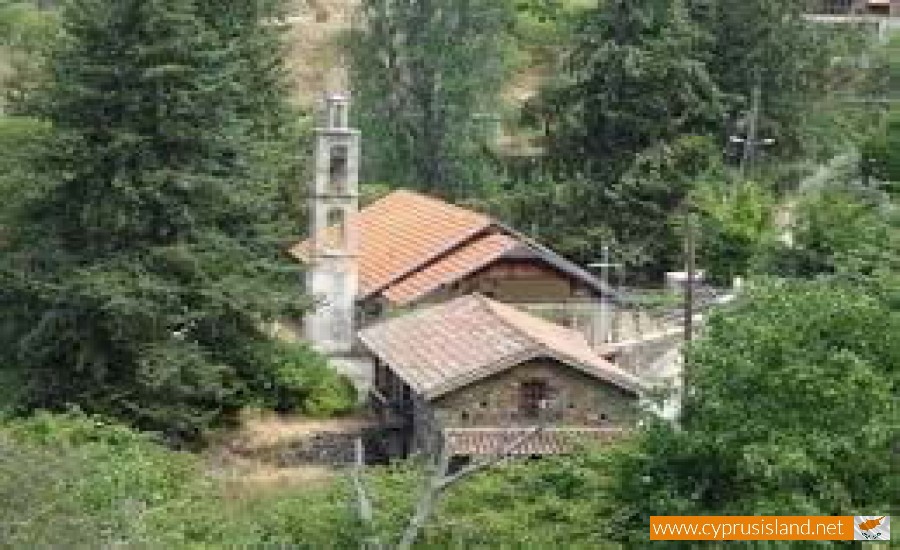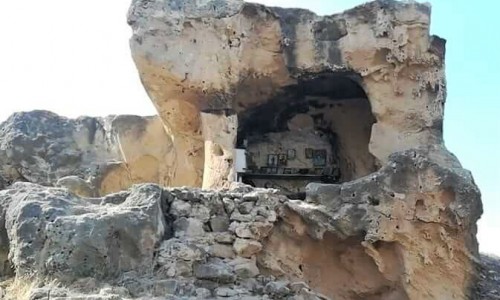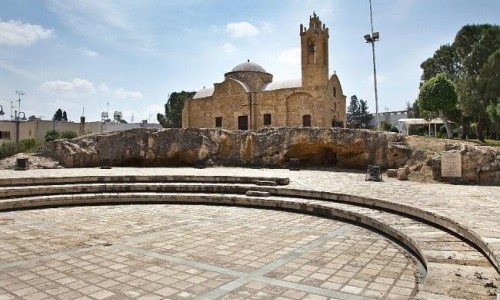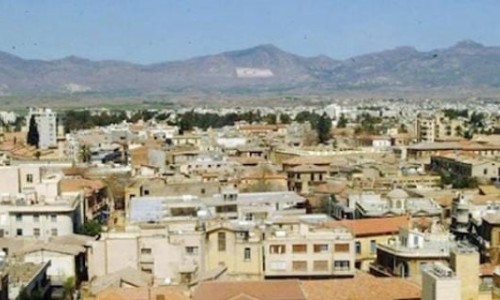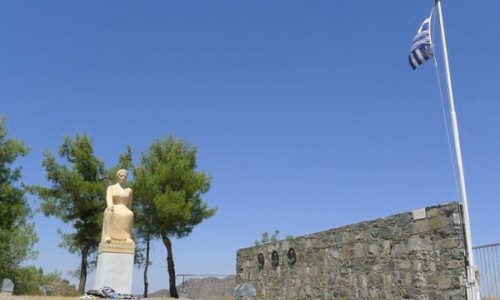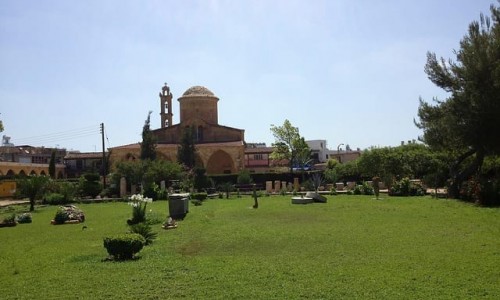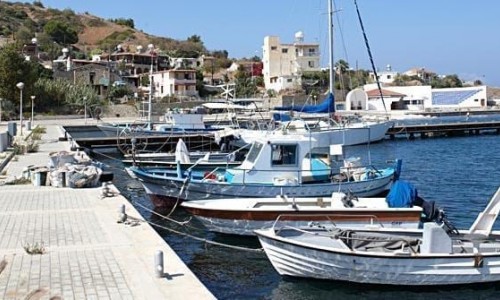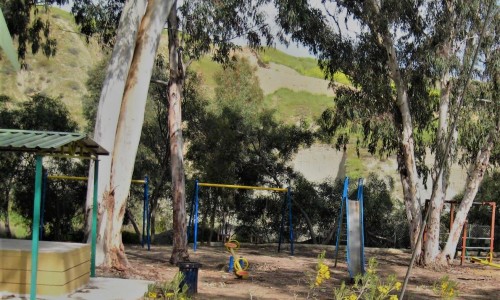Askas Village
Tucked away in the serene foothills of the Troodos Mountains lies Askas, a charming and unspoiled village that seems to have slipped through the cracks of time. Located in the Nicosia District, about 50 kilometers southwest of the capital, Askas is one of those rare places where authenticity, natural beauty, and deep-rooted tradition come together in perfect harmony.
Whether you're a history enthusiast, a nature lover, or simply looking to experience the tranquil side of Cypriot village life, Askas offers a rich and rewarding escape.
Askas has been inhabited since medieval times, with references to it dating back to the Lusignan and Venetian periods. Its name, like many Cypriot villages, is steeped in legend and etymology. Some say it derives from a man named “Askas,” possibly a landowner or local figure. Others believe it comes from the Greek word “askos,” meaning a wineskin, a nod to the village’s longstanding connection with wine-making.
The architecture and layout of Askas reflect its layered past. Stone-built houses with clay-tiled roofs line narrow, winding streets, preserving the character of centuries gone by. Many homes have been lovingly restored, while others remain rugged and rustic, exuding an old-world charm.
With a population of around 150 residents, Askas remains one of the lesser-known destinations in the region, yet its authenticity is its strength. Unlike some villages that have leaned heavily into tourism, Askas has preserved its quiet, agricultural roots.
Walking through the village feels like stepping into a postcard: cobbled paths, geranium-filled courtyards, and a backdrop of almond, walnut, and olive trees. The air is crisp, especially during autumn and spring, and the scents of pine and wild herbs linger as you explore.
Life here moves slowly. Locals are warm and hospitable, and it’s not uncommon for visitors to be invited in for a shot of zivania or a plate of loukoumia (Cypriot delights). The community celebrates the rhythms of the seasons, from olive pressing in late autumn to Easter festivities with traditional songs, dances, and church services.
Notable Landmarks and Sights
1. Church of Timios Prodromos (St. John the Baptist)
This modest but beautiful church, found at the heart of the village, is a standout example of vernacular religious architecture. With its wooden roof and frescoed interior, it offers a serene space for reflection and a glimpse into the spiritual heart of the village.
2. Traditional Houses
Some of the village’s houses have been converted into agrotourism lodgings, allowing visitors to stay in authentic stone homes with modern amenities. These preserved dwellings are not only cozy but tell the story of rural Cypriot life over the centuries.
3. Nature Trails and Surroundings
Askas is surrounded by natural beauty. The nearby Madari–Papoutsa mountain range provides a dramatic landscape of forested hills, ravines, and winding streams. Hikers can explore several trails, including parts of the E4 European walking route, which passes not far from the village.
Gastronomy: A Taste of Tradition
The culinary culture of Askas is rich and rooted in the land. Locally grown ingredients—grapes, olives, almonds, figs—are central to the cuisine.
A few highlights include:
- Makarounes: Hand-rolled pasta served with fresh tomato or goat's cheese.
- Soutzioukkos: A chewy, sweet delicacy made from grape juice and almonds.
- Tavas: A traditional baked meat dish with rice, herbs, and cinnamon.
Some local tavernas offer home-cooked meals, often made by the owners themselves, using family recipes passed down through generations.
Askas may be small, but it comes alive during festivals. The Feast of Saint John the Baptist (celebrated in late August) is the village’s most significant annual event. It features liturgies, music, dancing, and plenty of food and wine, attracting both locals and visitors.
In recent years, the village has also started hosting small cultural evenings, often focused on folk music, poetry, and Cypriot storytelling. These gatherings showcase the rich oral traditions and the tight-knit spirit of the community.
Visiting Askas: What You Need to Know
- Getting There: The easiest way to reach Askas is by car. The drive from Nicosia or Limassol takes about an hour and offers scenic views of the Troodos foothills.
- Best Time to Visit: Spring and autumn are ideal, offering mild temperatures and vibrant natural colors. Summer can be warm, but the village sits high enough (at 900 meters elevation) to enjoy cooler air than the lowlands.
- Accommodation: Several traditional houses and agrotourism guesthouses are available. Booking ahead is advised during holidays and festival periods.
- Activities: Besides hiking and sightseeing, visitors can also take part in grape harvesting, olive oil pressing, or even bread baking workshops if arranged in advance.
Askas isn't flashy or famous—but that’s precisely its appeal. It’s a place of quiet dignity, where history and heritage live on in the people, the landscape, and the very stones of the village.
If you're seeking an off-the-beaten-path experience in Cyprus—one rich with culture, beauty, and heartfelt hospitality—Askas should be high on your list. Come for a day or stay for a week; either way, you'll leave with the sense that you've discovered one of the island's best-kept secrets.


